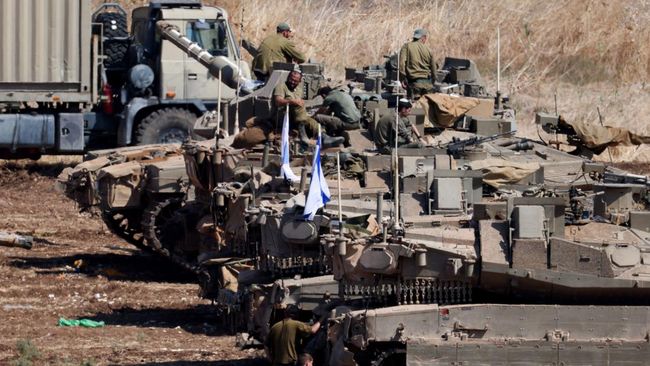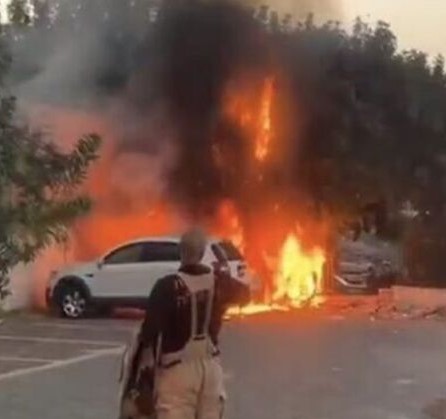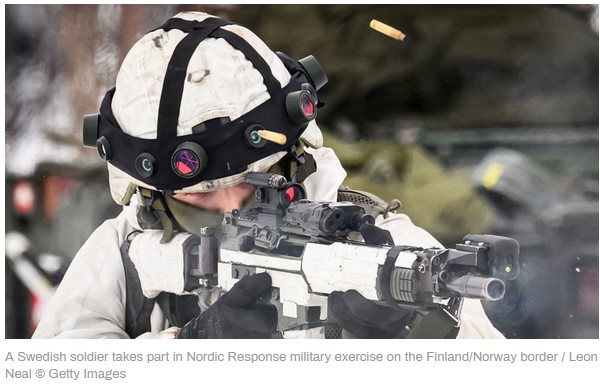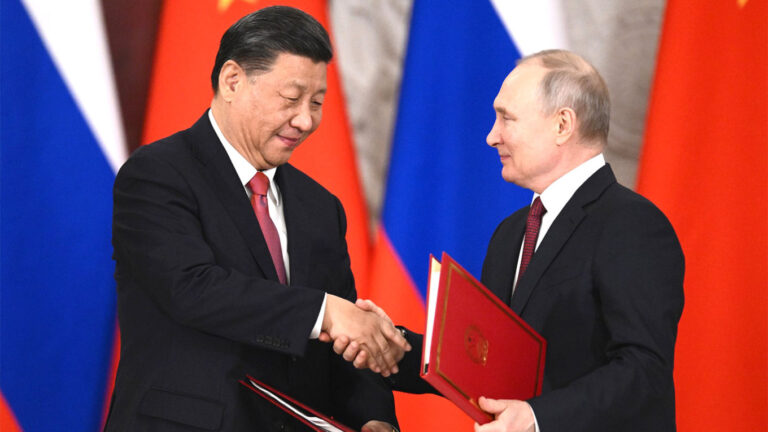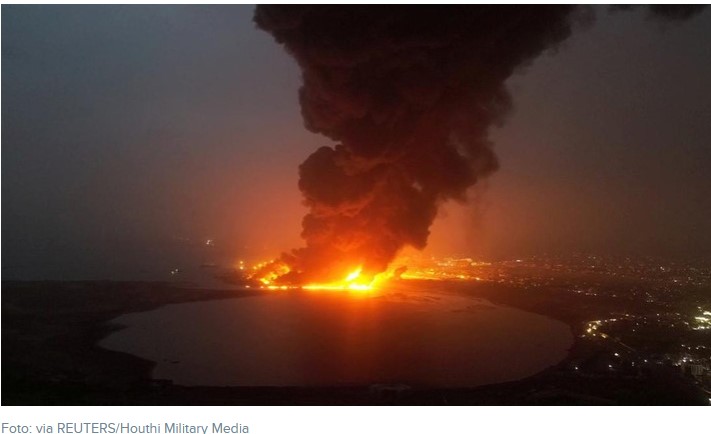
STRATEGIC ASSESSMENT. Iranian nuclear officials all confirmed that Iran is building a new nuclear site, likely inside a mountain, at its Natanz uranium enrichment compound in central Iran.
The facility is intended to replace an above-ground structure, used to assemble advanced centrifuges that enrich uranium, which was, by many accounts, destroyed in July 2020 in a sabotage operation by agents working for Israel.
Under the 2015 multilateral nuclear agreement, Iran is allowed to research, but not install, new generations of advanced centrifuges that would enable Iran to quickly produce the fissile material needed to construct a nuclear weapon.
The facility, when complete, and if its advanced centrifuges were put into operation, would enable Iran to further reduce its breakout time – the time needed to produce a nuclear weapon from the point at which a decision to do so is made – below the current estimated time of three months.
Iran’s earlier violations of the nuclear agreement – which represented Iran’s response to the Trump administration’s 2018 exit from the deal – had already reduced Iran’s breakout time below the one-year threshold that the nuclear deal was intended to maintain.
The timing of the confirmation of the site construction was undoubtedly linked to the US presidential election. Coming within two weeks of the U.S. vote, the revelation demonstrates that the Trump administration’s maximum pressure campaign has not succeeded in preventing Iran from advancing its nuclear program. Iran is clearly able to accomplish its strategic goals – including expanding its nuclear infrastructure – even as extensive U.S. sanctions inflict significant damage on Iran’s economy.
In sending that message, Tehran likely hoped to embarrass President Trump politically and presumably reduce his prospects for re-election. More broadly, by rebuilding the damaged centrifuge assembly plant, and in a less vulnerable site, it demonstrates the ineffectiveness of a U.S. and Israeli strategy that might at some point be based on military or covert action to destroy Iran’s nuclear infrastructure. An assessment that military and covert action would only set back Iran’s program was by a few years was at the core of the Obama Administration’s decision to negotiate the 2015 nuclear agreement.
Hardening the new site at Natanz represents an Iranian signal that the United States would best serve its interest in preventing a nuclear Iran by re-engaging in the 2015 deal.
Yet, the new site might also hinder a U.S. re-entry into the nuclear accord, if there is a U.S. decision to do so. Building a new facility, even if it is only replacing one that was destroyed, constitutes an additional violation of the nuclear agreement, and puts Iran even further out of compliance than it already is. The site casts doubt on Iran’s repeated assertions that its violations of the accord, to date, are easily ‘reversible’ if the United States returns to the agreement and drops its sanctions on Iran.
The capabilities and allowed activities of the new facility would have to be negotiated and stipulated in any nuclear accord that the United States might rejoin.
The fact that the new site is being built into a mountain further complicates any new negotiation – in the talks that led to the 2015 deal, Iran’s mountain nuclear site at Fordow proved to be a particular sticking point that Iran refused to close outright. The new construction also provides support for critics of the 2015 agreement, including the Trump administration, that argue that Iran still intends ultimately to develop a nuclear weapon when the provisions of the 2015 agreement expire.
Although the Iranian nuclear development does not reach the threshold of a U.S. election ‘October Surprise,’ the building demonstrates that U.S. policy toward Iran will figure prominently in overall US Middle East policy in 2021 and beyond (TSC).


